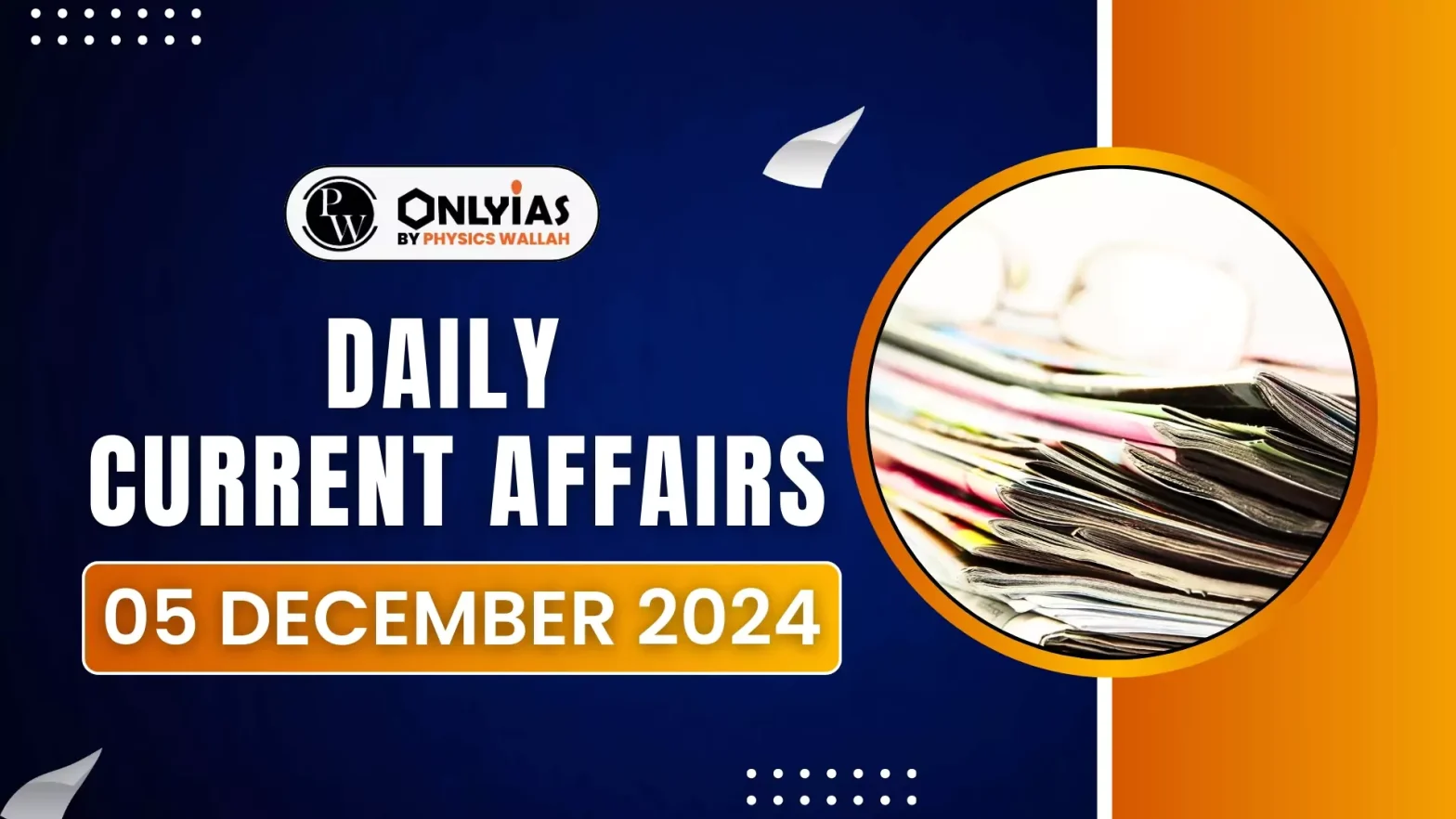The NITI Aayog released its inaugural quarterly report, Trade Watch, which evaluates India’s trade and commerce scenario.
NITI Aayog Observations
- India’s Limited Success: The report acknowledges India’s limited success in leveraging the China Plus One strategy, as compared to Vietnam, Thailand, Cambodia, and Malaysia.
- These countries have emerged as significant beneficiaries due to competitive advantages like cheaper labor, simplified tax structures, lower tariffs, and proactive free trade agreements (FTAs).
- India has not fully captured the opportunities presented by the global shift away from China-centric supply chains.
- Multinational companies are de-risking their operations by diversifying to other countries.
- Global Trade Disruptions: US-China trade conflicts, including recent reciprocal trade restrictions, have fragmented global supply chains.
- Export bans on critical materials and increased tariffs on Chinese goods are reshaping trade dynamics.
- Sectoral Challenges: Indian iron and steel exports have seen a steep decline (33% in Q1 FY25) due to weak domestic demand and oversupply from China.
- India’s iron and steel industry is particularly vulnerable to the EU’s Carbon Border Adjustment Mechanism (CBAM), which could impose 20–35% tariffs.
- Opportunities in US Trade Policies: Tariffs on Chinese goods (up to 60%) could provide India a competitive edge in global markets.
- Trade diversification offers opportunities in underrepresented sectors where India’s global share is below 1%.
Enroll now for UPSC Online Classes
About China Plus One Strategy
- It is a strategy adopted by multinational corporations to reduce dependence on China by expanding production or sourcing in other countries.
- For example: Apple has started manufacturing some of its products in India to reduce dependence on China.
- Key Drivers of China +1:
- US trade barriers on Chinese imports.
- Fragmentation of supply chains due to geopolitical tensions.
- Search for cost-competitive and stable alternatives to China.
Challenges in Reaping Benefits of China+1 Strategy
- Internal Limitations: High labor costs compared to competitors like Vietnam and Cambodia.
- Complex tax laws and limited FTAs with major trade blocs.
- Insufficient infrastructure and bureaucratic delays.
- Global Dynamics: Dumping of Chinese products in Indian markets due to surplus production in China and competition from Southeast Asian countries that are better positioned in global trade.
- Environmental Regulations: Compliance with CBAM increases costs for Indian exporters, especially in high-risk sectors like iron, steel, and aluminium.
- Potential reduction in demand for Indian exports in the EU market.
Indian Government Initiatives to Leverage the Benefits of China +1 Strategy
- Production Linked Incentive (PLI) Scheme: This scheme provides production-linked incentives to boost domestic manufacturing in key sectors like electronics, pharmaceuticals, textiles, and automobiles. The PLI scheme has attracted significant investments from global companies.
- Make in India Initiative: This initiative aims to make India a global manufacturing hub by simplifying regulations, improving infrastructure, and promoting skill development.
- Focus on Electronics Manufacturing: The government has taken several steps to promote electronics manufacturing, including setting up semiconductor manufacturing facilities and providing incentives to attract investment.
- Trade Agreements: India is actively negotiating free trade agreements with various countries to enhance market access and reduce trade barriers.
- Infrastructure Development: The government is investing heavily in infrastructure projects like roads, ports, and railways to improve connectivity and reduce logistics costs.
- Skill Development: The government is focusing on skill development programs to create a skilled workforce to meet the demands of the manufacturing sector.
Check Out UPSC NCERT Textbooks From PW Store
Way Forward
- Enhance Manufacturing Capabilities:
- Focus on high-tech industries and sectors with significant global demand.
- Promote domestic production through incentives and infrastructure development.
- Simplify Policies:
- Reform tax laws to make India more competitive for foreign investors.
- Accelerate the signing of FTAs to access new markets.
- Mitigate Risks:
- Implement measures to prevent the dumping of Chinese goods.
- Support industries exposed to carbon regulations by subsidizing compliance costs or negotiating trade terms.
- Leverage Trade Opportunities:
- Expand exports to markets affected by US-China trade restrictions.
- Target underrepresented sectors in global trade for diversification.
![]() 5 Dec 2024
5 Dec 2024

